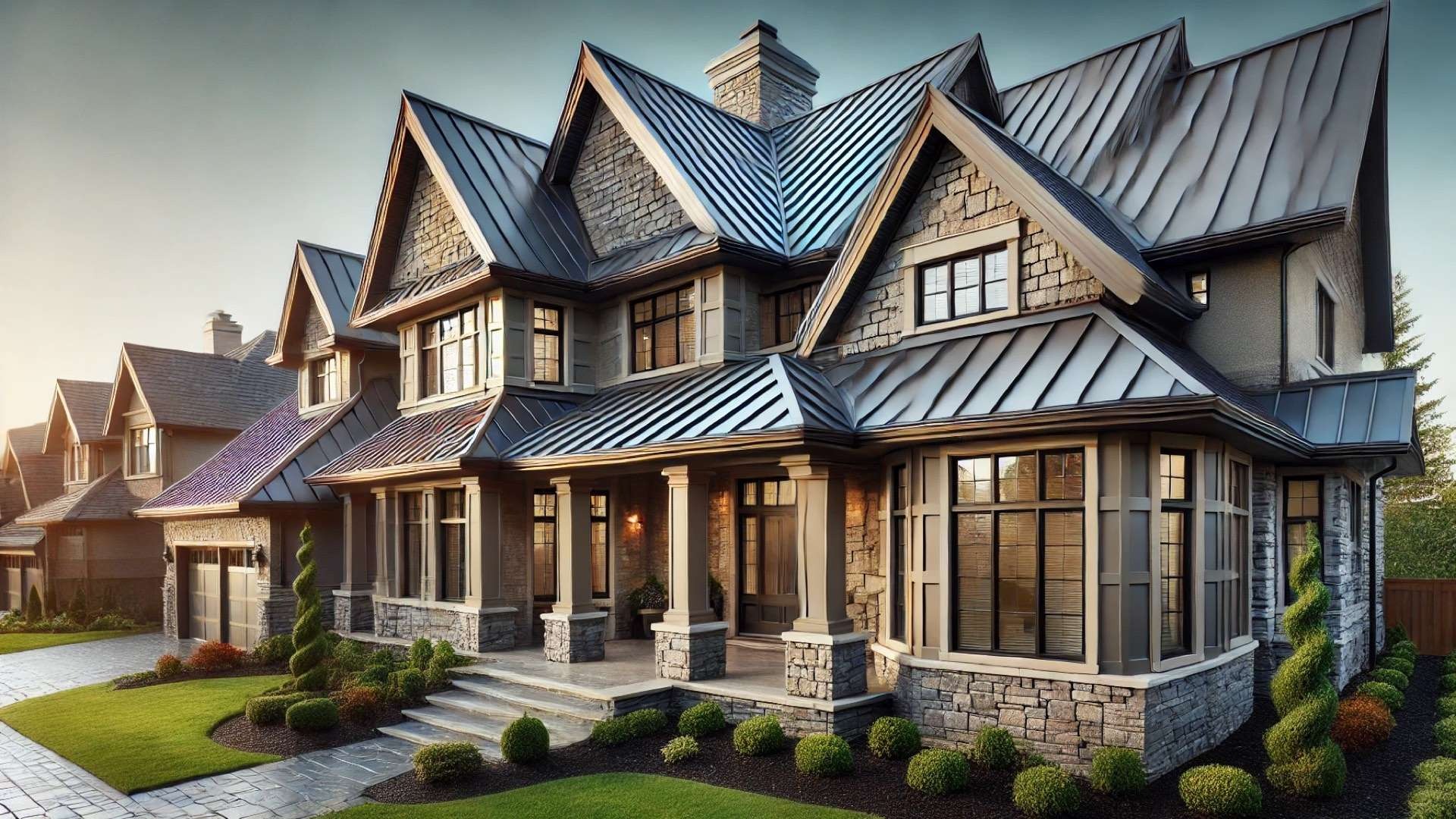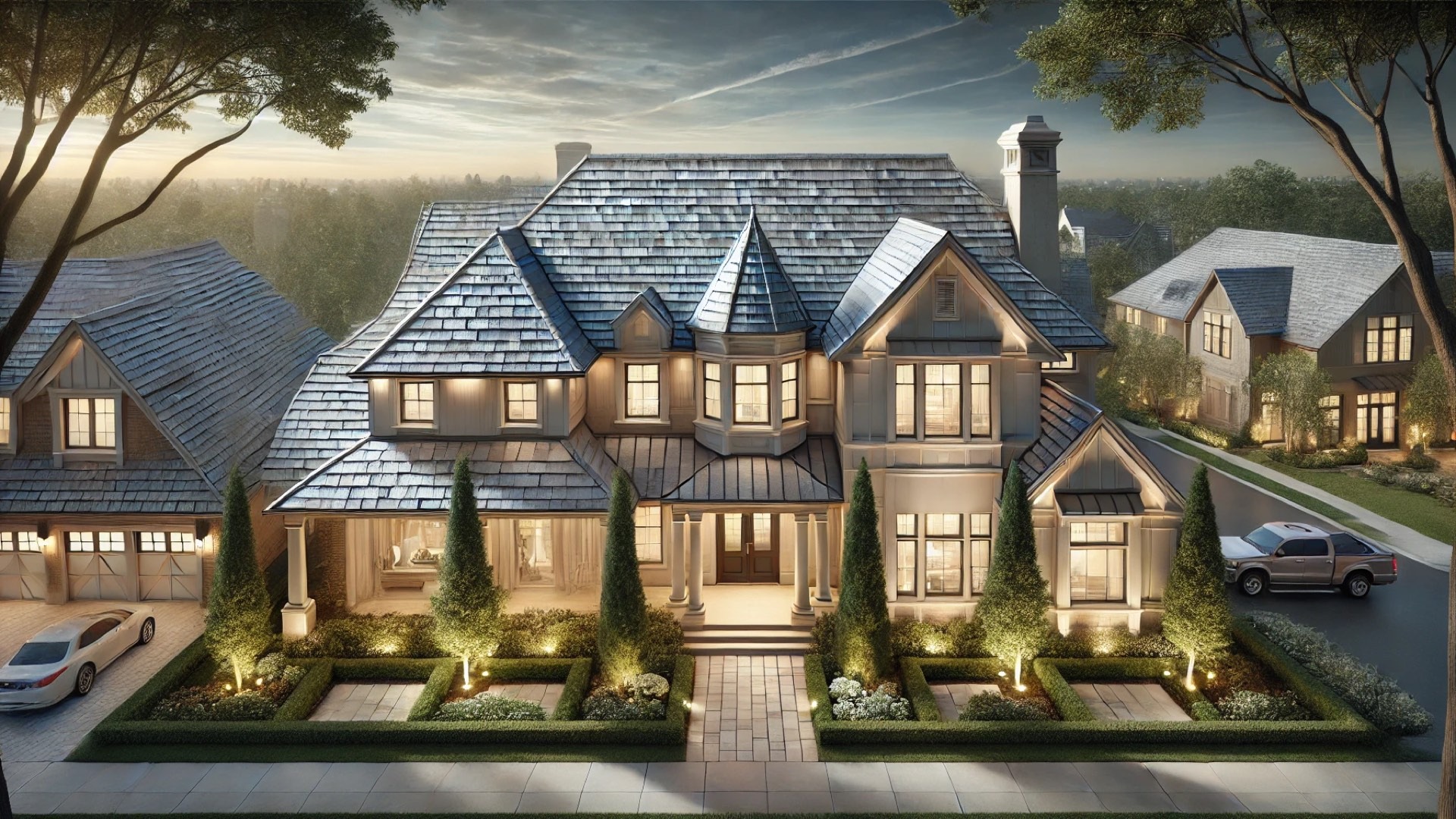
Unpacking Metal Roof Replacement Costs: A Comprehensive Guide
When considering the replacement of a roof, homeowners often find themselves navigating a complex landscape of material options, architectural considerations, and most importantly, costs. Metal roofs have emerged as a popular choice for those seeking durability, aesthetic appeal, and long-term savings. In 2025, understanding how much a metal roof replacement costs involves a variety of factors that can impact the overall price.
The Price Range: Setting Realistic Expectations
On average, homeowners can expect to pay between $23,890 and $68,575 for a metal roofing project covering around 1,700 square feet. With global averages suggesting costs around $46,233, it is critical to recognize that various factors influence these costs, such as roof size, material type, and regional labor rates. Opting for high-quality materials, such as zinc or copper, can significantly increase expenses, while more affordable options like aluminum and steel can also provide excellent longevity and aesthetics.
Breaking Down Costs By Metal Type
The cost of a metal roof varies greatly depending on the type of material chosen. Here’s a brief look at the cost ranges for common metal roofing materials:
Zinc: $14–$20/sq ft ($23,890–$33,680 total)
Steel: $16–$22/sq ft ($26,820–$37,716 total)
Aluminum: $17–$24/sq ft ($29,111–$40,985 total)
Copper: $28–$40/sq ft ($48,418–$68,575 total)
Choosing the right material not only affects upfront costs but also influences long-term savings through durability and maintenance factors. While copper boasts unmatched elegance and longevity, options like steel and aluminum offer more budget-friendly alternatives without compromising quality.
The Hidden Costs of Roof Replacement
Beyond basic material costs, several additional factors can affect the price of a new metal roof. Here are some considerations:
Labor Costs: Labor can account for up to 60% of the total cost. Hiring a reputable contractor may increase upfront expenses but helps ensure quality installation.
Roof Pitch and Complexity: Steeper roofs or those with unique shapes will require more labor and equipment, thus raising costs.
Old Roof Removal: If removing an old roof, expect additional costs for disposal and potential repairs.
Additional Features: Elements such as skylights, chimneys, or specific flashing details can add to material and labor costs.
Long-term Benefits of Investing in Metal Roofing
While the initial investment in a metal roof may seem daunting, the exceptional benefits make it a worthy consideration. Metal roofs typically last more than 40 years, outperforming traditional materials like asphalt shingles, which last about 15–30 years. This durability translates into reduced long-term replacement costs and can enhance your property’s resale value.
Moreover, many metal roofing materials are highly reflective, helping to reduce energy costs by minimizing heat retention in warmer climates. Homeowners can also enjoy the eco-friendly nature of metal roofs, as a significant portion is often made from recycled materials and is fully recyclable at the end of its life cycle.
Conclusion: Making Informed Decisions About Metal Roofing
The decision to replace your roof is monumental, especially in historic or upscale neighborhoods where architecture and craftsmanship are paramount. By carefully evaluating the costs and benefits of metal roofing, combined with comprehensive research and professional guidance, you can choose a roofing option that not only preserves the integrity of your home but also contributes to its beauty and efficiency for decades to come.
 Add Row
Add Row  Add
Add 




Write A Comment